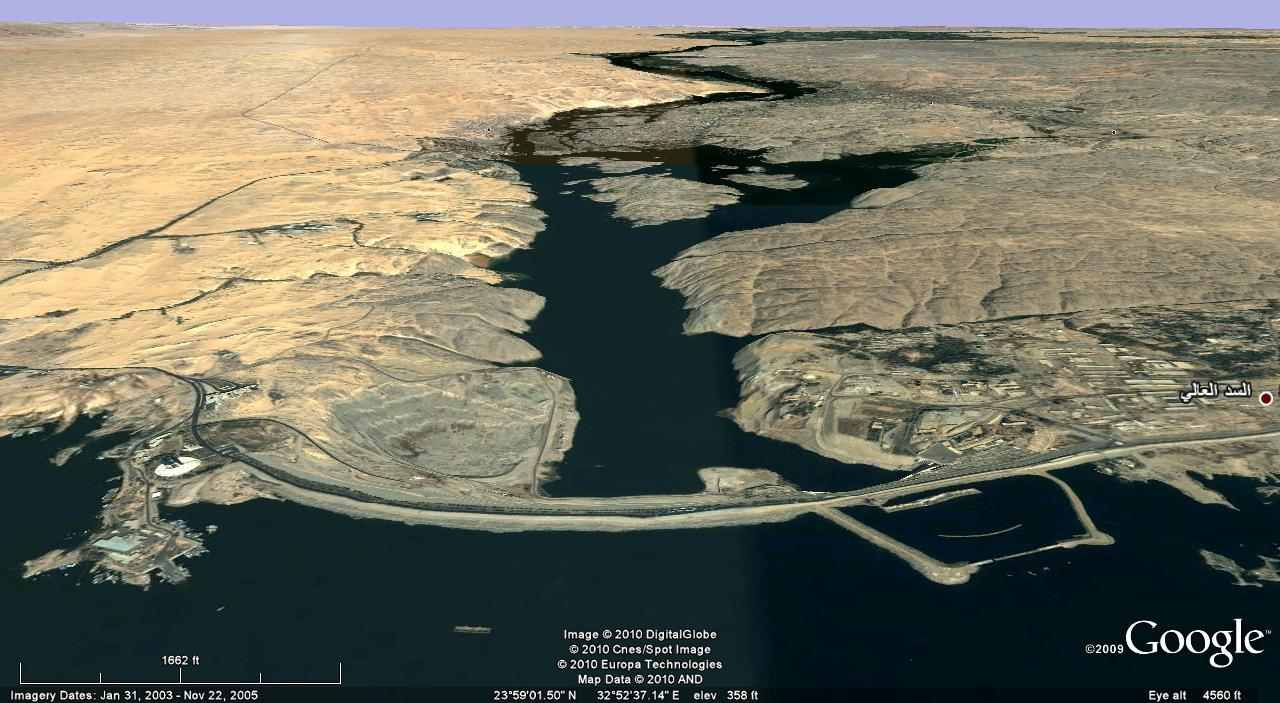Aswan High Dam Map and location
The Aswan Dam, located on the Nile River in Egypt, is a monumental engineering feat that has had a significant impact on the country's development. This impressive structure, also known as the High Dam, stands as a symbol of human ingenuity and resourcefulness. In this comprehensive guide, we will explore the history, construction, benefits, and cultural significance of the Aswan Dam.
Historical Background of the Aswan Dam
The history of the Aswan Dam dates back to ancient times when Egyptians first recognized the importance of controlling the flow of the Nile River. However, it wasn't until the 19th century that serious efforts were made to construct a dam. The first dam, known as the Old Aswan Dam, was completed in 1902, but it proved inadequate in meeting the growing needs of Egypt. This led to the construction of the High Dam, which was completed in 1970.
Construction of the Aswan Dam
The construction of the Aswan Dam was a massive undertaking that required the collaboration of engineers, workers, and machinery from around the world. The dam, made of concrete, stretches across the Nile River, creating a reservoir known as Lake Nasser. The construction process involved diverting the river's flow, excavating the site, and pouring millions of cubic meters of concrete. The result is an imposing structure that stands 3,830 meters long and 111 meters high.
Benefits of the Aswan Dam
The Aswan Dam has brought numerous benefits to Egypt, both in terms of agriculture and energy production. One of the key advantages is the regulation of the Nile's flow, allowing for controlled irrigation and increased agricultural productivity. The dam also generates a significant amount of hydroelectric power, supplying electricity to homes, industries, and infrastructure across the country. Additionally, the creation of Lake Nasser has opened up opportunities for tourism, water sports, and fishing.
Environmental Impact and Challenges
While the Aswan Dam has brought significant benefits, it has also posed environmental challenges. The dam has led to the displacement of communities and the submergence of historical sites. It has altered the natural flow of the Nile and disrupted the annual flood cycle, affecting the ecosystems and biodiversity of the region. Additionally, the dam has caused the accumulation of sediment in Lake Nasser, leading to decreased agricultural productivity downstream.
Cultural Significance of the Aswan Dam
The Aswan Dam holds great cultural significance for the people of Egypt. It represents a triumph of human engineering and symbolizes the country's commitment to development and progress. The dam has become an iconic landmark, attracting tourists from around the world who come to marvel at its grandeur and learn about its historical and cultural significance.
Preservation and Maintenance
Ensuring the preservation and proper maintenance of the Aswan Dam is crucial to its continued functionality and longevity. Regular inspections, maintenance work, and upgrades are conducted to address any structural issues and optimize its performance. These efforts are essential to sustain the benefits and mitigate the environmental impact of the dam.
The Aswan Dam stands as a testament to human achievement, engineering excellence, and the quest for progress. It has transformed the landscape of Egypt, providing essential benefits in terms of agriculture, energy production, and tourism. While it has brought significant advantages, it has also posed environmental challenges that require careful management. As a cultural and historical landmark, the Aswan Dam continues to inspire awe and fascination, symbolizing the resilience and determination of the Egyptian people.
Egypt Tours Including Aswan Dam
| Tour | Itinerary | Price |
|---|---|---|
| Sonesta Amirat Dahabiya | 8 Days | Inquire |
| Sonesta St George | 4-5 Days | Inquire |
| Sonesta Moon Goddess | 4-5 Days | Inquire |
| Jaz Crown Jubilee | 4-5 Days | $ 765 |
| Iberotel Crown Empress | 4-5 Days | $ 765 |
| Ms Esplanade Nile Cruise | 4-5 Days | $ 825 |
| Ms Mayfair Nile Cruise | 4-5 Days | $ 850 |
| Nile Goddess | 4-5 Days | $ 899 |
| Ms Salacia Nile Cruise | 4-5 Days | $ 945 |
| Ms Tosca Nile Cruise | 4-5 Days | $ 975 |
